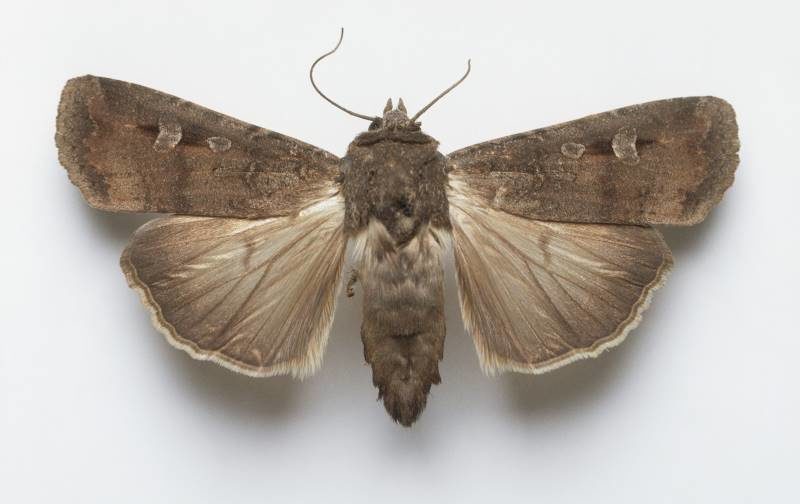
© Frank Greenaway/Getty Images
The temperature at which you wash your clothes could lead to a drastic rise in the quantity of
moths in your home, it's been reported.
From April to May this year, the number of customers calling
Rentokil Pest Control with moth infestations increased by more than 110 per cent.
While this could be in part due to the extremely
warm temperatures recorded in May, it could also be down to the British public's laundry habits.
A survey of 2,006 Rentokil customers explored how the temperature of one's washing machine could be linked to the moth epidemic.
The results of the study revealed that 54 per cent are more likely to wash their clothes at 30 degrees Celsius than they would have been just five years ago.
When a wash cycle is set at a lower temperature, this could provide moths with a greater chance of survival than if it were set at a higher temperature.However, it's not just the heat of the wash that could be to blame for the rampant multiplication of the insects.
It could also be related to the quality of clothing that people buy, as moth larvae are particularly attracted to materials that contain a natural protein called keratin, which can be found in higher-priced materials such as wool, silk and fur.59 per cent of those questioned as part of the study stated that they prefer to buy clothes of a high quality that will last longer.
However, clothes that are made from the aforementioned materials are very enticing for moths, who feed on the keratin protein.
"May's unseasonably warm temperatures and the early start to summer has helped to create the perfect conditions for moths to breed and potentially thrive in British households," says David Cross, head of the technical training academy at Rentokil Pest Control.
"With a prolonged breeding season, clothes and soft furnishings in British homes could be at increased risk to damage caused by moth larvae feeding on the natural fibres they contain."
According to the study, approximately 6.8 million Brits have had items of clothes and furniture marred by moths in their homes, with jumpers being the most commonly damaged item.
"Clothes moths love natural fibres and are difficult to eliminate. It is the larvae, however, that do the damage," explains Paul Bates, managing director of pest control company
Cleankill.
"After hatching, they spin a small, silken tube, using fibres from furs, woollens and even felt inside pianos.
"In loft spaces, they thrive on old clothing and carpets."
Here are Mr Bates' top tips for preventing the spread of moths:Dirty clothingYou must never store dirty clothing in your cupboard, he advises.
This is because moths are fond of the moist residues left by sweaty areas of clothing.
Seal woollen clothingStoring woollen clothing in sealed bags could prevent moths from causing them damage.
However, if this isn't a practical course of action, you could try doing so on a monthly basis instead.
Check behind furnitureThe area behind furniture that's been placed on carpets is dark, making it an ideal location for larvae to fester to feed.
It may be worth checking underneath and behind your furniture every now and then for signs of infestation.
VacuumMake sure that you vacuum underneath the bed, behind the radiators and in any other places of your home where natural fibres can build up in the dust.
If there are any eggs of larvae around, vacuuming will help create a disturbance.
Warm washesFor clothing that doesn't require a cold wash, Mr Bates recommends setting your washing machine above 48 degrees Celsius.
However, taking your clothes to the dry cleaner is the most ideal move when trying to prevent moths from getting to your clothes.
Reader Comments
to our Newsletter